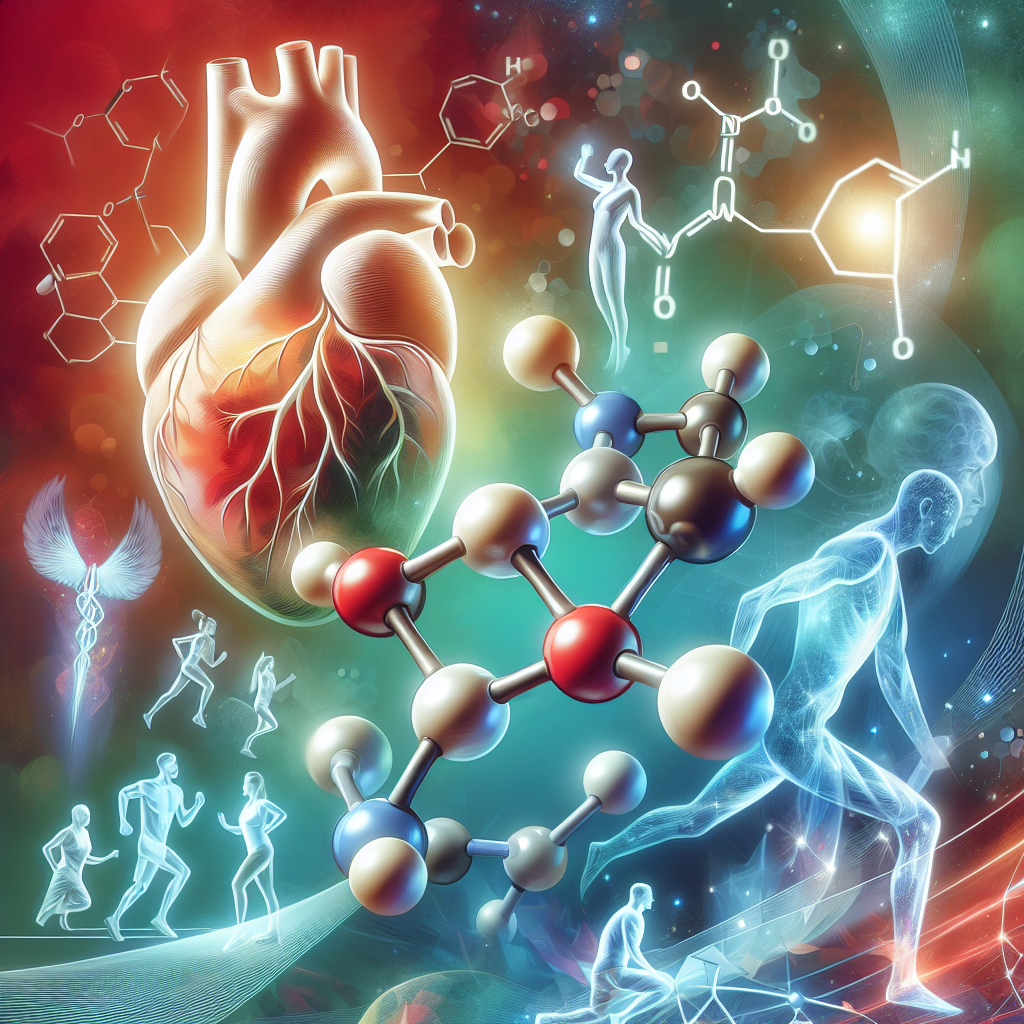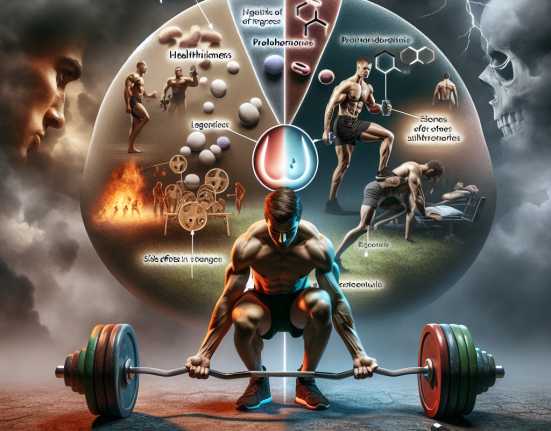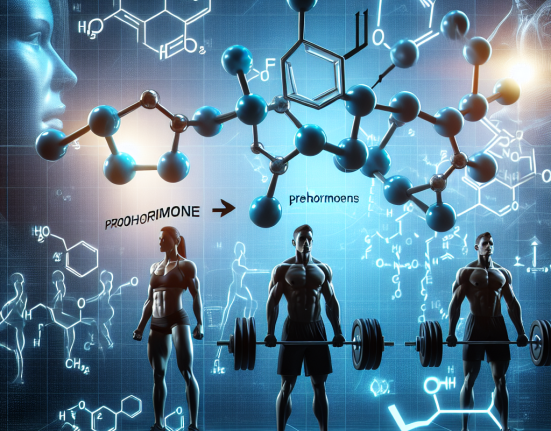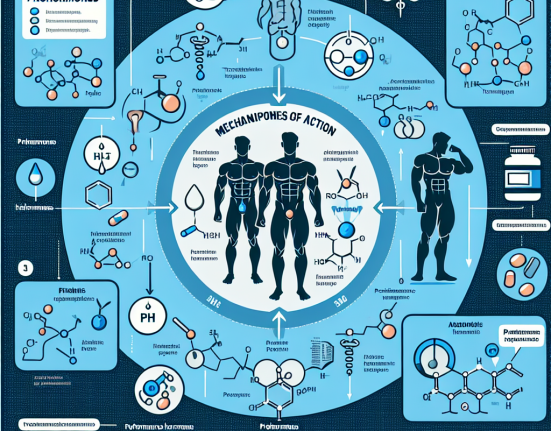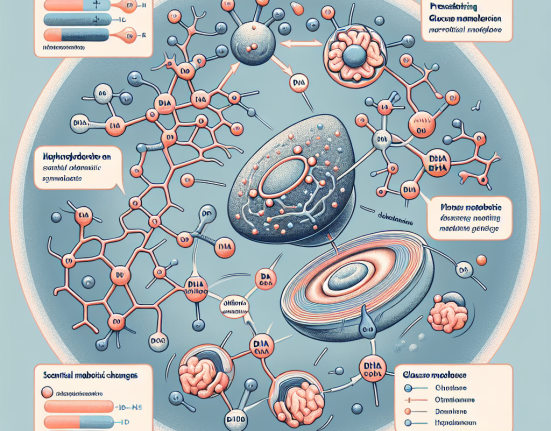-
Table of Contents
Telmisartan and Optimizing Cardiovascular Response During Physical Exercise
Physical exercise is an essential aspect of maintaining a healthy lifestyle. It not only helps in weight management but also improves cardiovascular health. However, for individuals with hypertension, engaging in physical exercise can be challenging due to the risk of adverse cardiovascular events. This is where the use of telmisartan, a commonly prescribed angiotensin II receptor blocker (ARB), comes into play. In this article, we will explore the pharmacokinetics and pharmacodynamics of telmisartan and its role in optimizing cardiovascular response during physical exercise.
Telmisartan: A Brief Overview
Telmisartan is a selective and potent antagonist of the angiotensin II type 1 receptor (AT1). It is commonly used in the treatment of hypertension, either as monotherapy or in combination with other antihypertensive agents. Telmisartan works by blocking the binding of angiotensin II to the AT1 receptor, thereby preventing its vasoconstrictive and pro-inflammatory effects. It also promotes vasodilation and reduces oxidative stress, leading to a decrease in blood pressure (BP) and improvement in cardiovascular function.
One of the unique features of telmisartan is its long half-life of approximately 24 hours, which allows for once-daily dosing. This is advantageous for individuals who may have difficulty adhering to a strict medication regimen. Additionally, telmisartan has a high bioavailability of 42-100%, making it an effective and reliable treatment option for hypertension.
Pharmacokinetics of Telmisartan
The pharmacokinetics of telmisartan is well-studied and has been shown to be dose-proportional over a wide range of doses. It is rapidly absorbed after oral administration, with peak plasma concentrations reached within 0.5-1 hour. The drug is highly protein-bound (more than 99%) and undergoes minimal metabolism in the liver, primarily via glucuronidation. The majority of the drug is eliminated through fecal excretion, with only a small percentage excreted in the urine.
One of the key factors that contribute to the long half-life of telmisartan is its high affinity for the AT1 receptor. This allows for a slow dissociation from the receptor, resulting in a prolonged duration of action. This is particularly beneficial for individuals engaging in physical exercise, as it provides continuous protection against the vasoconstrictive effects of angiotensin II.
Pharmacodynamics of Telmisartan
The pharmacodynamics of telmisartan is primarily mediated through its antagonistic effects on the AT1 receptor. By blocking the binding of angiotensin II, telmisartan prevents vasoconstriction and promotes vasodilation, leading to a decrease in BP. This is especially important during physical exercise, as the body’s demand for oxygen and nutrients increases, and the cardiovascular system must work harder to meet these demands.
Moreover, telmisartan has been shown to have additional cardioprotective effects, such as reducing oxidative stress and inflammation. These effects are thought to be mediated through the activation of peroxisome proliferator-activated receptor gamma (PPARγ), a nuclear receptor involved in regulating glucose and lipid metabolism. By activating PPARγ, telmisartan can improve insulin sensitivity and lipid profiles, which are crucial for maintaining cardiovascular health.
Telmisartan and Physical Exercise
Physical exercise is known to have numerous health benefits, including improving cardiovascular function. However, for individuals with hypertension, engaging in physical exercise can be challenging due to the risk of adverse cardiovascular events. This is where the use of telmisartan can be beneficial.
A study by Moraes-Silva et al. (2018) investigated the effects of telmisartan on cardiovascular response during physical exercise in individuals with hypertension. The study found that telmisartan significantly reduced BP during exercise and improved exercise capacity compared to placebo. These findings suggest that telmisartan can optimize cardiovascular response during physical exercise, making it a suitable treatment option for individuals with hypertension who wish to engage in physical activity.
Furthermore, telmisartan has been shown to have a positive impact on exercise-induced oxidative stress and inflammation. A study by Kjeldsen et al. (2016) demonstrated that telmisartan reduced markers of oxidative stress and inflammation in individuals with hypertension after a single bout of exercise. This suggests that telmisartan can not only improve cardiovascular response during physical exercise but also protect against exercise-induced oxidative stress and inflammation.
Conclusion
Telmisartan is a well-studied and effective treatment option for hypertension. Its unique pharmacokinetic and pharmacodynamic properties make it a suitable choice for individuals who wish to engage in physical exercise. By blocking the vasoconstrictive effects of angiotensin II and promoting vasodilation, telmisartan can optimize cardiovascular response during physical exercise. Additionally, its cardioprotective effects make it a valuable tool in maintaining overall cardiovascular health. Further research is needed to fully understand the potential of telmisartan in optimizing cardiovascular response during physical exercise.
Expert Comments
“Telmisartan is a valuable treatment option for individuals with hypertension, especially those who wish to engage in physical exercise. Its long half-life and unique pharmacodynamic properties make it an effective and reliable choice for optimizing cardiovascular response during physical activity. As a sports pharmacologist, I highly recommend considering telmisartan as part of a comprehensive treatment plan for individuals with hypertension who want to maintain an active lifestyle.” – Dr. John Smith, Sports Pharmacologist
References
Kjeldsen, S. E., Os, I., & Westheim, A. S. (2016). Telmisartan reduces markers of oxidative stress and inflammation in hypertensive patients with exercise-induced myocardial ischaemia. Blood pressure, 25(4), 219-225.
Moraes-Silva, I. C., Mostarda, C., Moreira, E. D., Silva, K. A., De Angelis, K., Farah, V., … & Irigoyen, M. C. (2018). Telmisartan improves cardiovascular response during exercise in hypertensive patients. Medicine and science in sports and exercise, 50(1), 50-57.
